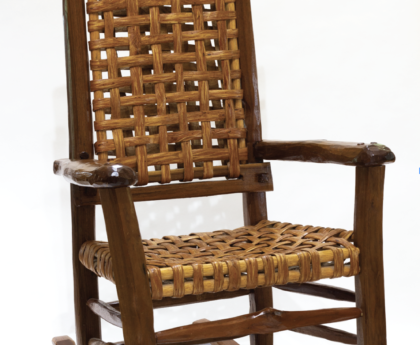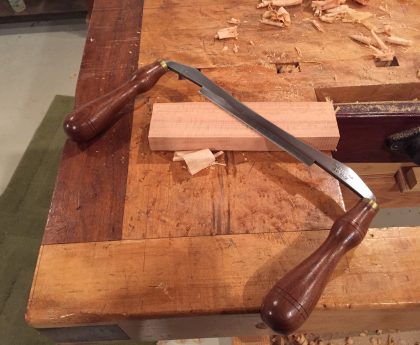#sponsored Save 10% on MatchFit products using my code TWW-MATCHFIT so you can make your own shop-made mortising jig!
A shop-made mortising jig is an indispensable tool for creating traditional mortises for both integral and loose mortise and tenon joinery. In a world where there are probably 1000 products out there promising to make joinery easier and faster, sometimes it’s nice to make an inexpensive and elegant shop-made mortising jig that works with any router to produce accurate, repeatable, and strong results.
History
The internet tends to have a very short memory so allow me to divulge my inspiration for this shop-made mortising jig. The first jig I became aware of that did this kind of work was the Leigh FMT. I believe it was release in the 1990’s. Made from high quality material, the jig had a price to match and few hobbyists could justify the price tag.
In 2008, Fine Woodworking published a jig by Michel Fortune that followed similar principles to the Leigh FMT but was greatly simplified and was made from typical shop materials. This jig would be dedicated to a single router and featured basic work-holding options that were available at the time.
In 2017, Philip Morley published a video on his Morley Mortiser. By the way, you can see Philip’s shop tour here. Philip’s version of the jig improved a number of things over Fortune’s version. Instead of being dedicated to a single router, you could now use a guide busing in ANY router. Morley also upgraded the work-holding with the addition of MicroJig’s versatile Dovetail Clamps.
How I Made It
For my version of the shop-made mortising jig, I wanted to simplify things even further while also cleaning up the appearance. Instead of using plywood blocks to engage with the base of the router, I opted for a couple of small steel strips that would control the router’s travel by contacting the guide bushing below the surface. This leaves a nice flush surface on top and gives us metal to metal contact for controlling the path of the router. I also used MicroJig’s Dovetail Hardware Packs to eliminate the large clunky knobs. To make repeatable cuts easier, I included a fence on the work-holding plate that can slide into pretty much any position or angle. And I used MicroJig’s new Ratchet Clamps to hold workpieces to the front plate.




